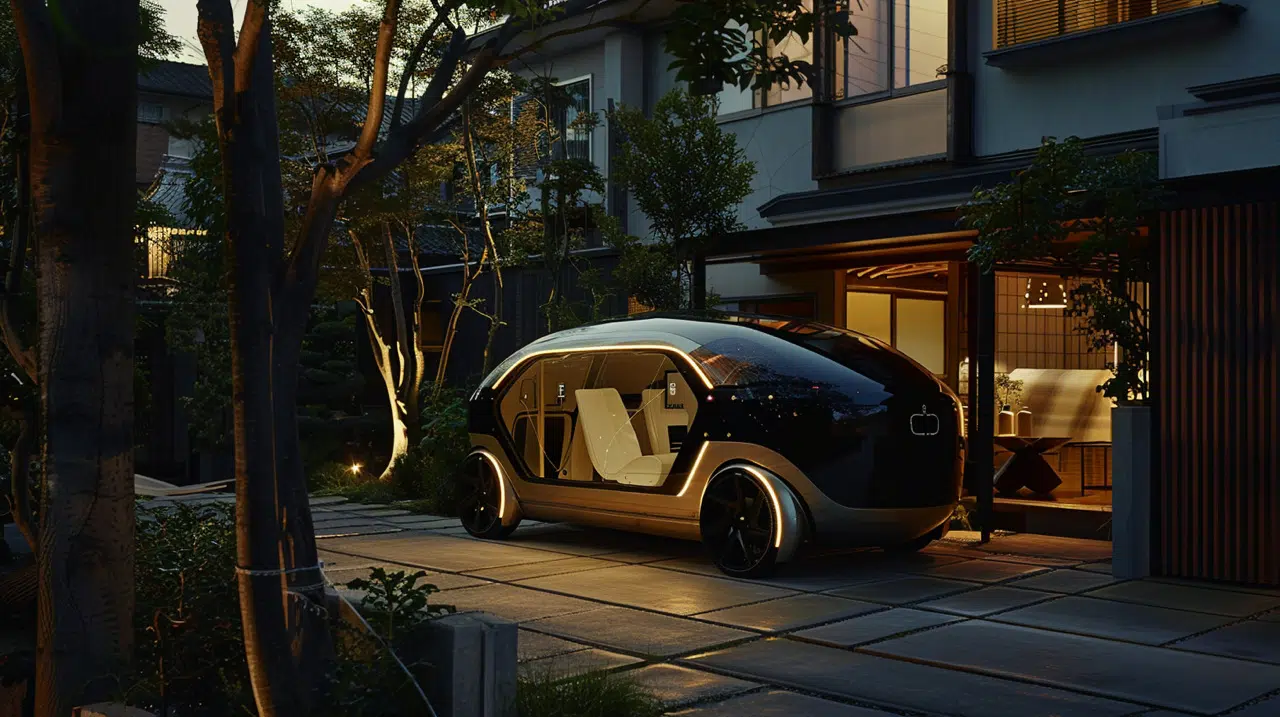
This is my first real experiment with AI and mobility and it’s proving to be challenging. I’ve been trying to imagine what an open platform for mobility—similar to an Arduino for cars—might look like. Here, I’ve explored a luxury version.
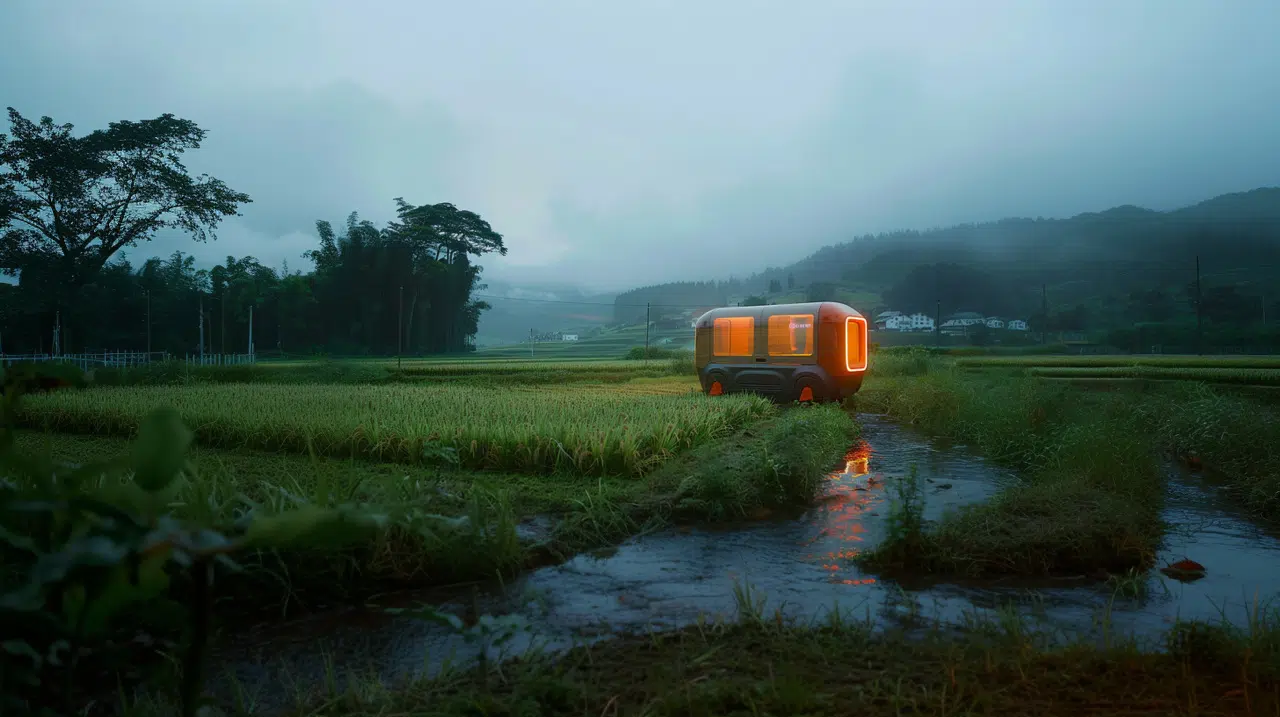
I always wanted to do an IDEO pod getting lost. In the economy of on-demand self driving mobility. Pickup point not found. What happens when a self-driving pod gets lost? What would a 404 error look like for a self-driving pickup?
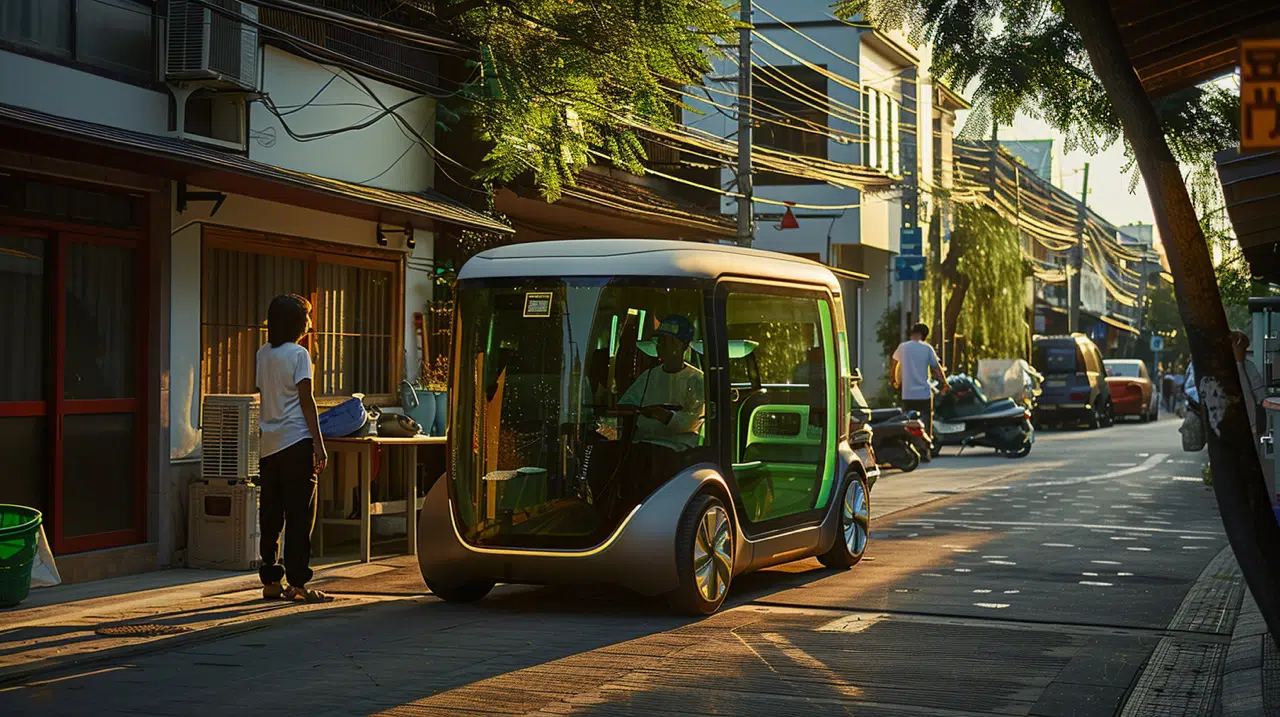
A Grab “AC box” on wheels. Could the mobility future of Southeast Asia lie in light pods with efficient air conditioning?
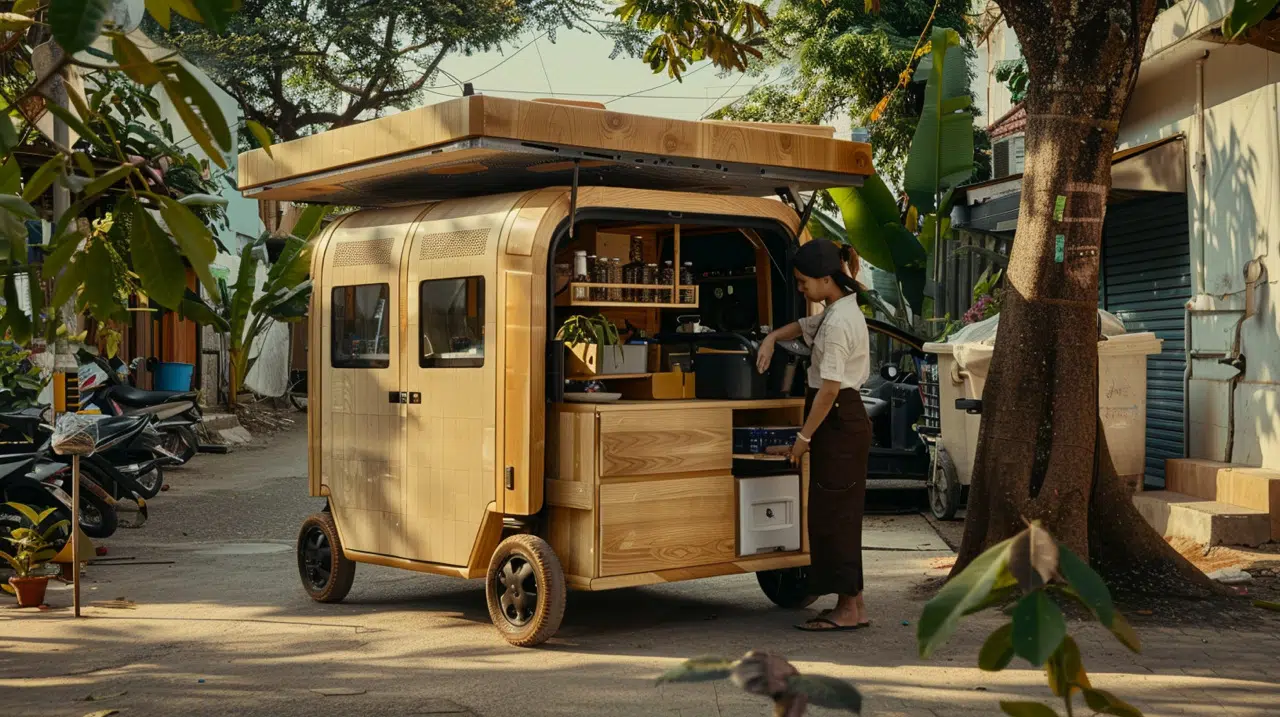
The region has always fascinated me with how much infrastructure operates on wheels—entire mobile restaurants and production units thrive there.
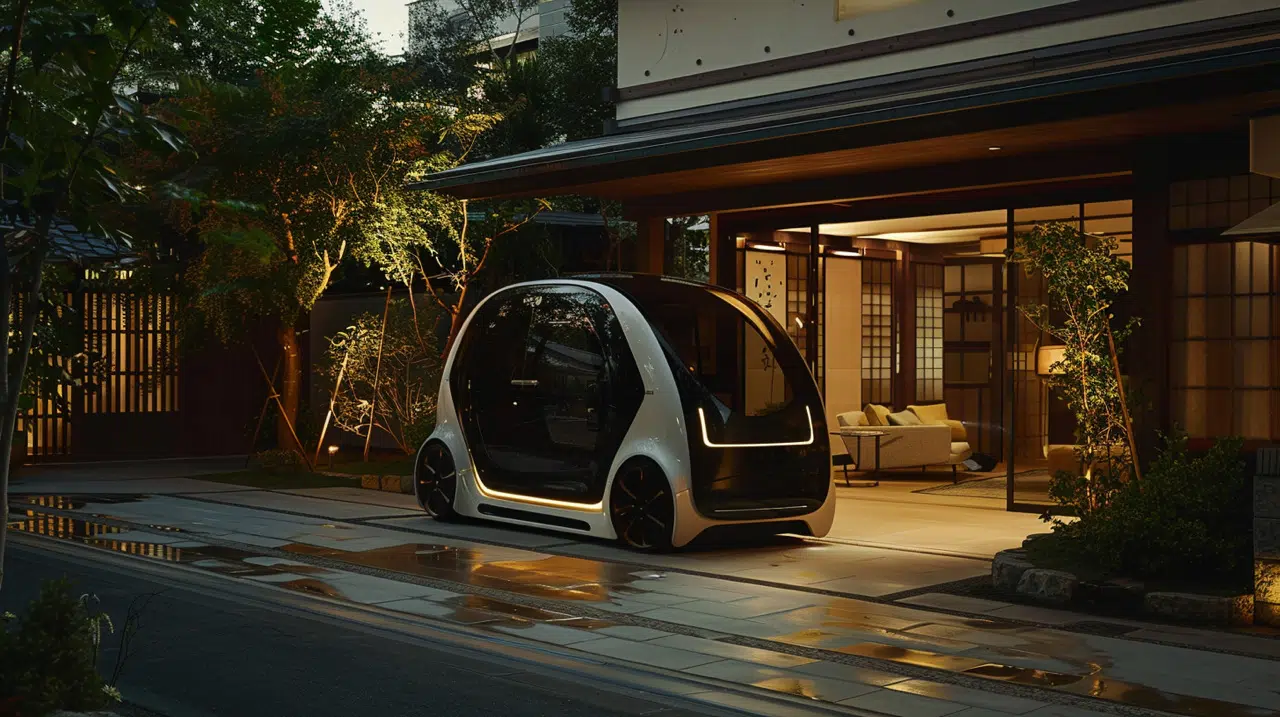
Is the future of mobility the “boomer Ferrari” or the EV “comfort pod”.
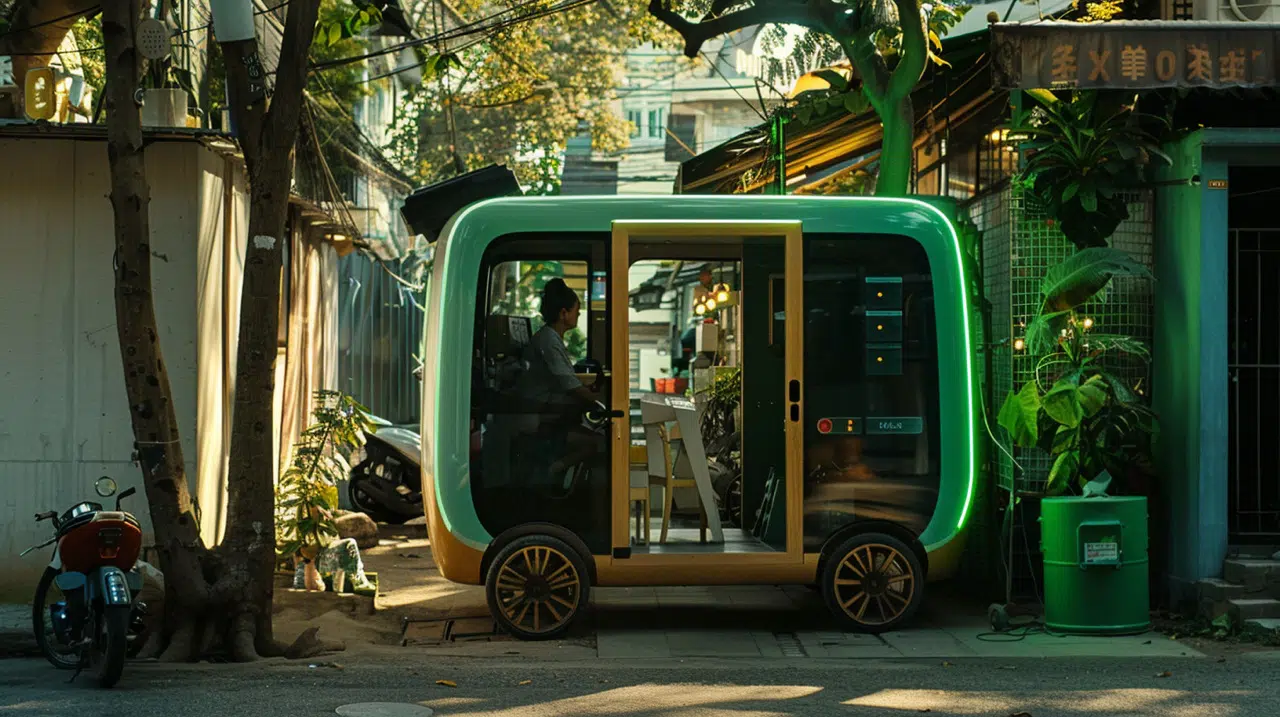
What might a mobile doctor pod look like?
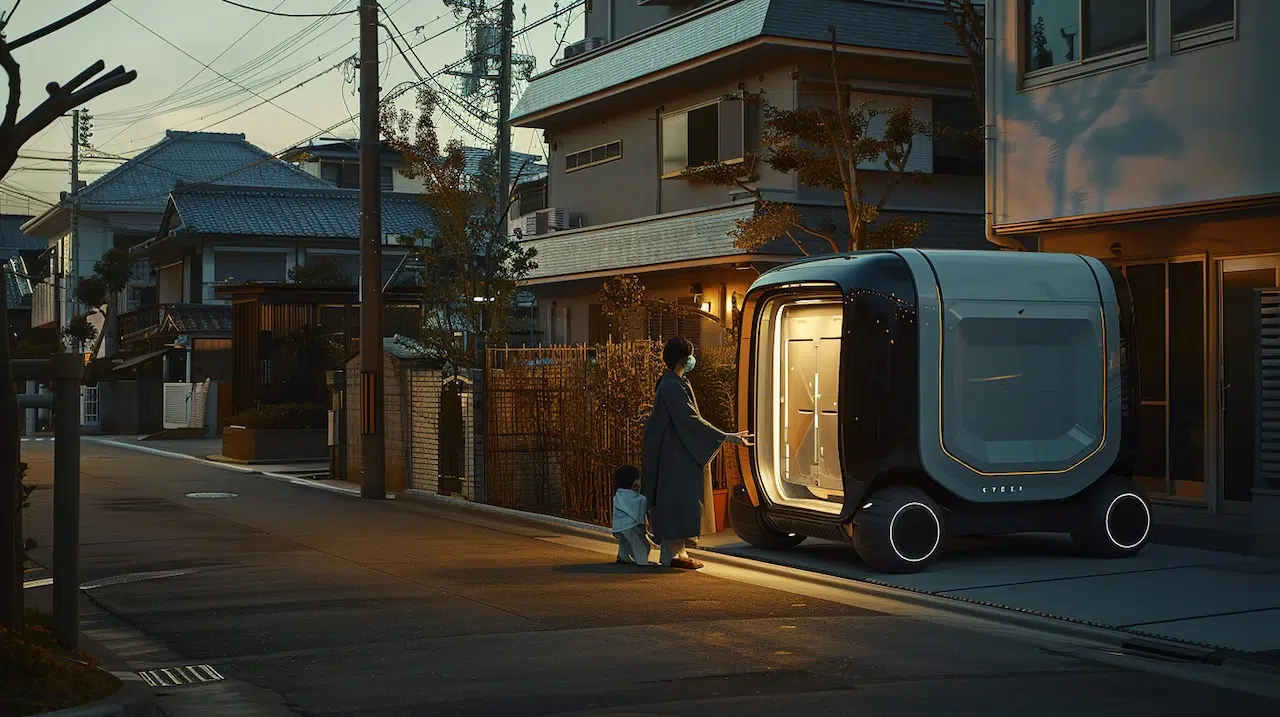
What is a mobile pharmacy or delivery pod?
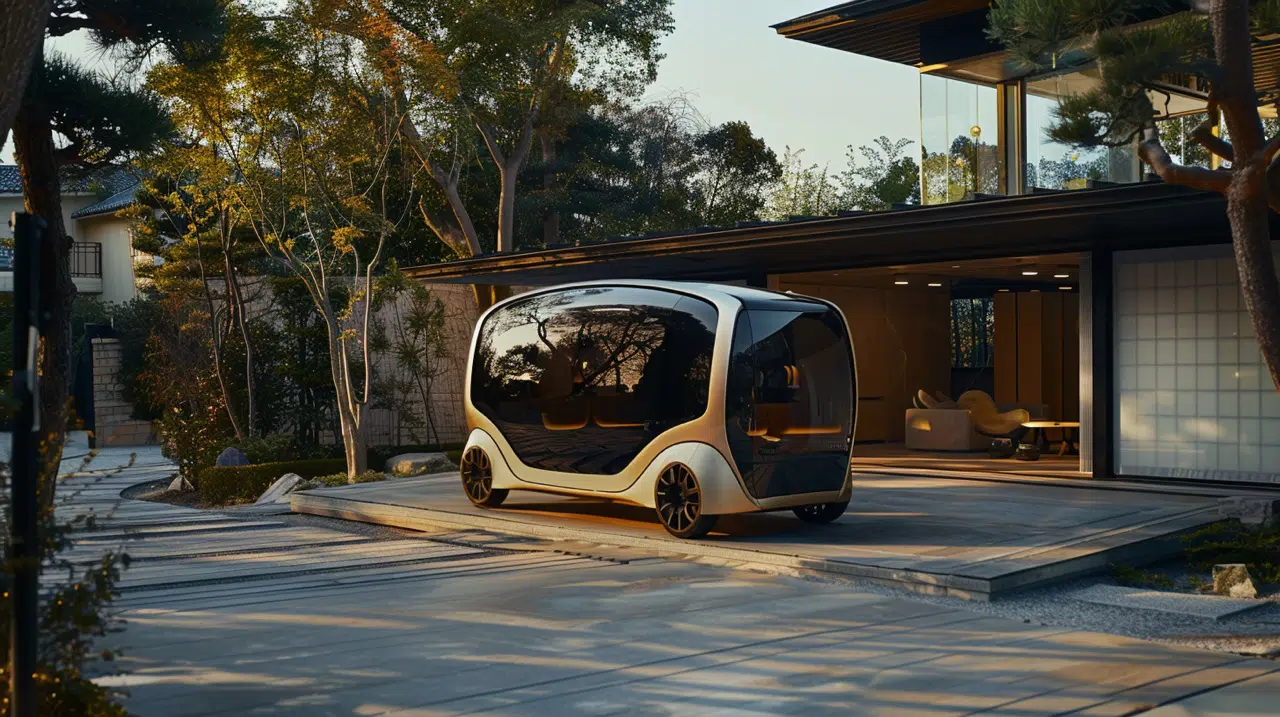
One of the key challenges of working with AI is getting the lighting right. With vehicles, reflections also play a critical role. It’s a learning process.
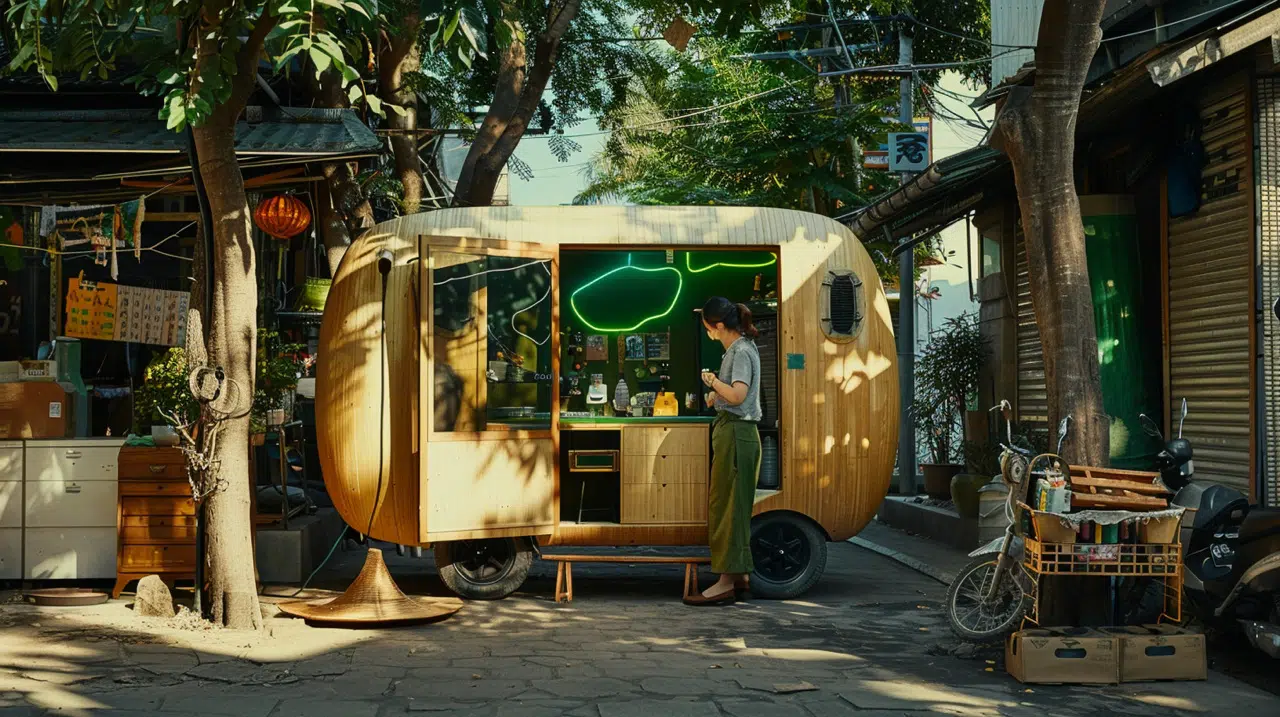
A mobile café, possibly in Vietnam.
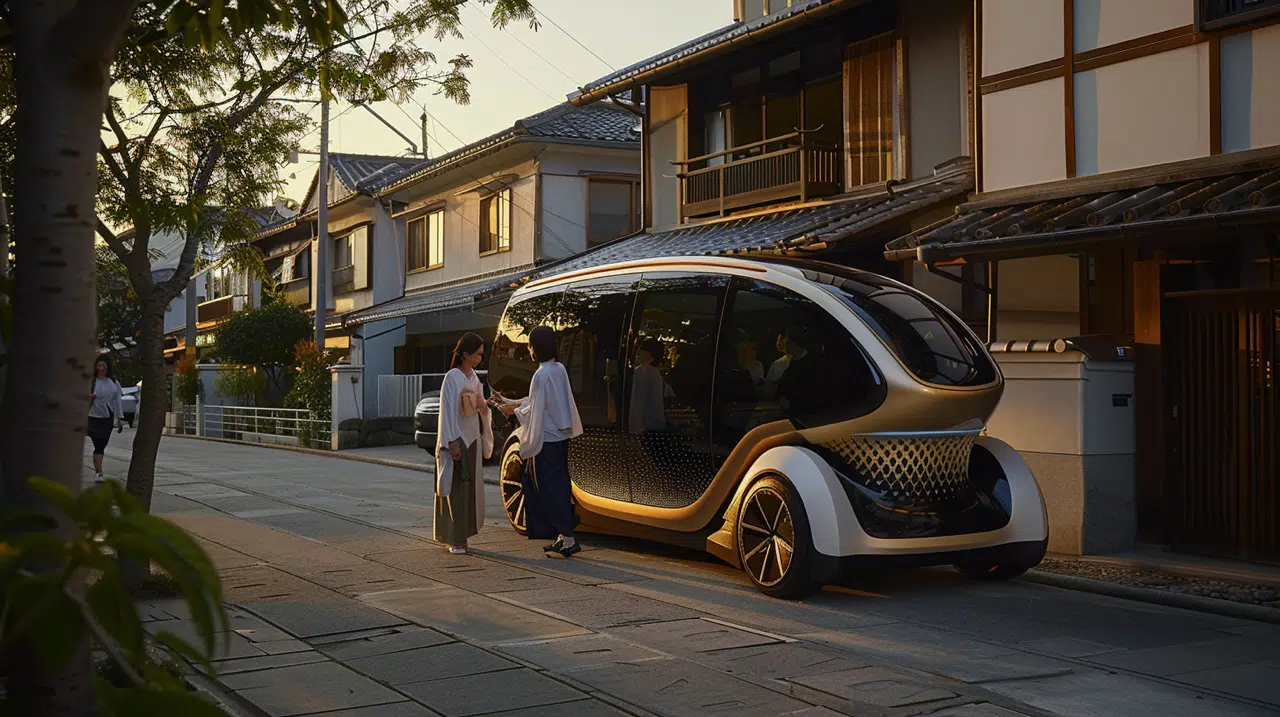
High-speed airport transfer.
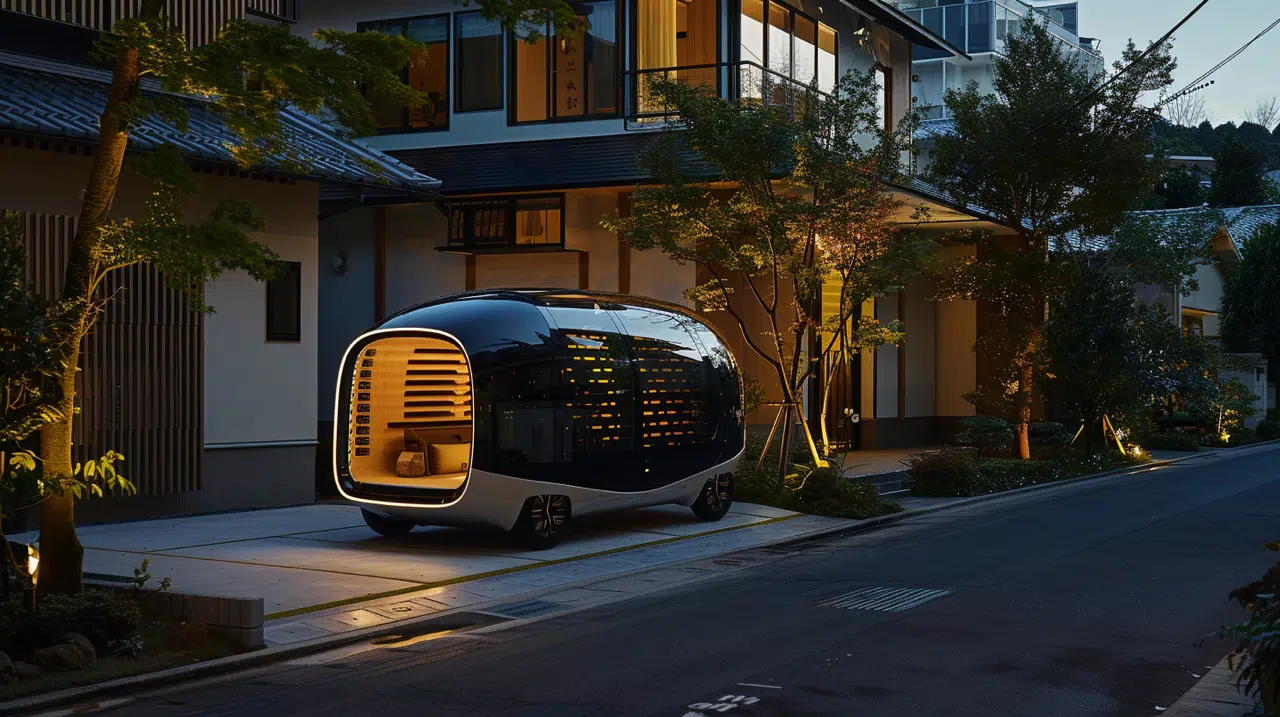
Still the IDEO pod, but sleeping version here. Around 30% of people experience motion sickness in cars. I wonder how this will impact self-driving vehicle adoption and the activities inside the vehicles.
NOTE: I am not a car designer, nor do I claim to be one. This is a glimpse into my self-education process. Through this research, I am exploring mobility systems and deepening my understanding of how to create visual prototypes for mobility futures.